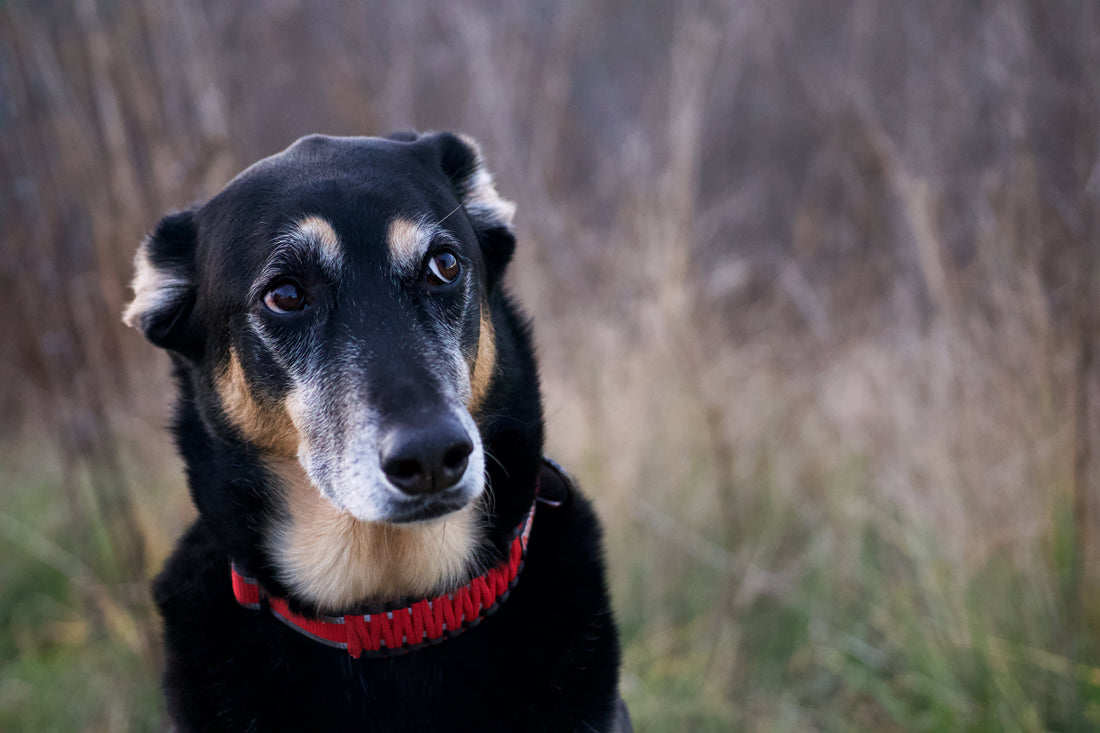Separation anxiety is a distressing condition for both dogs and their owners. Returning home to find your pet has urinated inside, annoyed neighbours with excessive howling, or destroyed furniture can be frustrating and worrying. Understanding and addressing this issue is crucial for your dog's well-being. Here, we provide guidance on the symptoms, causes, and treatment of separation anxiety in dogs.
What Causes Separation Anxiety?
Separation anxiety occurs when a dog experiences extreme distress from being left alone. Historically rare, the condition has become more common with the increase in dual-working households. The condition is linked to survival instincts from their ancestors. Puppies would make noise when separated from their mothers to be found again, and adult dogs in the wild faced greater danger when alone, causing them distress.
Symptoms of Separation Anxiety
Common symptoms include:
- Destructive Behavior: Chewing furniture, scratching doors or windows.
- Excessive Vocalisation: Persistent barking or howling.
- House Soiling: Urinating or defecating indoors.
Other, less obvious signs include:
- Lack of Appetite: Refusing to eat when alone.
- Panting and Excessive Salivation: Indicators of stress.
- Escape Attempts: Trying to break out of confined spaces.
Alternative Causes of Symptoms
Before diagnosing separation anxiety, consider other potential causes:
- Incomplete House Training or Physical Incontinence: If your dog urinates indoors even when you’re home.
- Digestive Illness or Urinary Tract Infections: Consult a vet if house soiling is out of the ordinary.
- Boredom: General destruction rather than targeting escape routes.
- Environmental Stimuli: Barking due to external noises like other dogs or the postman.
How to Help a Dog with Separation Anxiety
Prevention
Preventing separation anxiety is easier than treating it. From an early age, get your dog used to being alone for short periods. Avoid spending all day with new puppies; they need to learn independence.
Counterconditioning Your Dog
For mild cases, counterconditioning can be effective:
- Positive Associations: Leave your dog alone when they eat, associating being alone with something positive.
- Puzzle Toys: Give a food-stuffed toy before leaving. This distraction helps them focus on the treat rather than your absence. Remove the toy upon returning to reinforce the association with being alone.
Exercising Your Dog
Regular exercise can reduce anxiety:
- Pre-Departure Walks: Exercise your dog before leaving to help burn off anxious energy and promote relaxation.
Desensitising Your Dog
Reduce your dog’s anxiety by breaking the association between your departure cues and being left alone:
- Departure Cues: Pick up keys or put on a coat without leaving multiple times a day. Over time, this reduces the anxiety these actions cause.
Training Your Dog to Be Alone
For moderate to severe cases, rigorous training is necessary:
- Gradual Training: Start with leaving your dog alone for just a few seconds, gradually increasing the time. This process can take weeks.
- Avoid Long Periods Alone: Minimise the time your dog spends alone. Consider taking them to work or arranging for daycare during training.
Seeking Professional Help
In severe cases, professional help may be required:
- Animal Behaviourist or Vet: Consult a specialist to develop an effective training plan tailored to your dog’s needs.
Conclusion
Helping your dog overcome separation anxiety requires patience and understanding. Avoid scolding or punishing your pet, as this exacerbates their stress. Instead, provide consistent support and positive reinforcement. By addressing this issue thoughtfully, you can improve your dog's emotional health and strengthen your bond.

